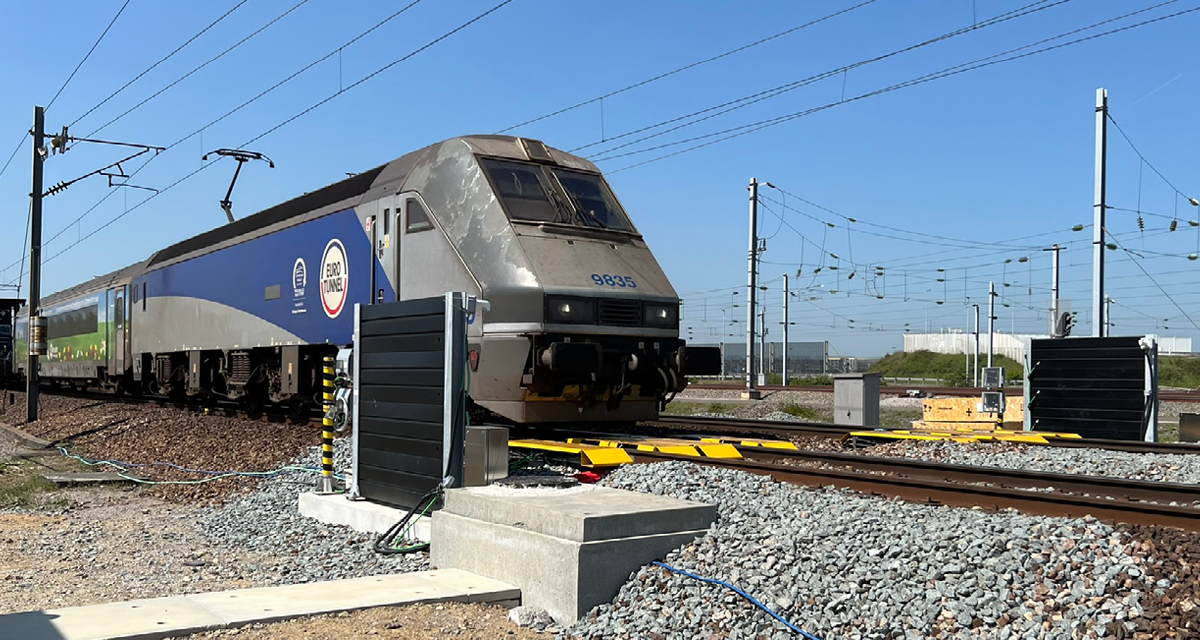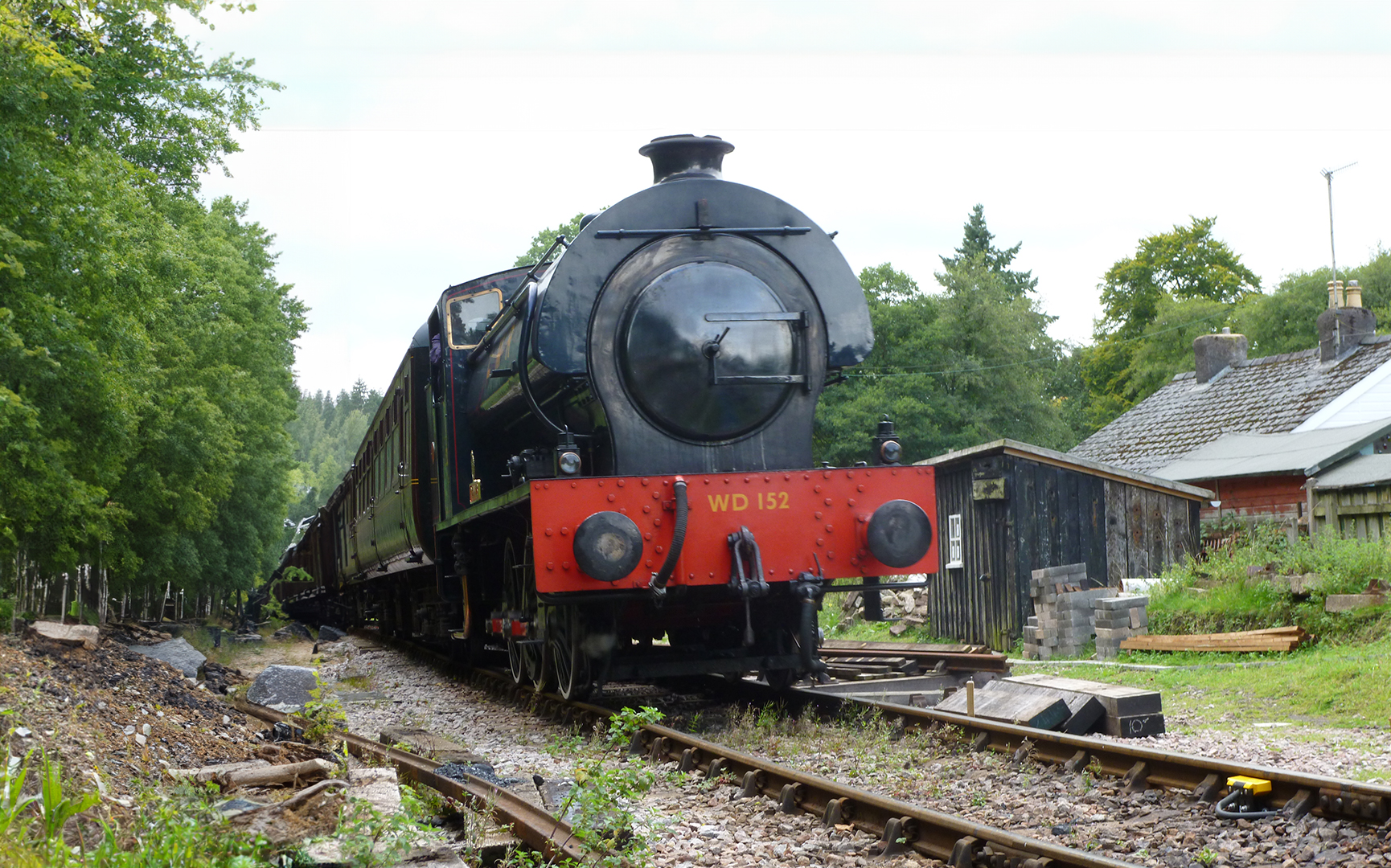Frauscher Sensor Technology has completed the divestiture to Wabtec Corporation.
Find Out MoreNotification Center

Train DetectionCanada
City of Calgary Grade Crossing Upgrade
The City of Calgary in Alberta, Canada was seeking an upgrade to the existing signaling system at a crossing near a station in the downtown area, to alleviate shunt issues caused by winter conditions. The Frauscher Advanced Counter FAdC and Wheel Sensors RSR180 were chosen to augment the existing system. During the eleven month trial period, the axle counter ran in shadow mode with the legacy system to gauge performance and compatibility. After the axle counter was proven during the trial with no faults or errors, the city was able to implement a hybrid crossing design using both the axle counting system and track circuits.
The City of Calgary sought to improve the grade crossing signaling system, for the crossing at 25th Ave. downtown, where severe winter weather often disrupted operations. Shunting issues were experienced by the existing track circuits due to snow, slush, and road salt leading to reliability issues. Frauscher was able to address these challenges by proposing the integration of its axle counting system with the existing track circuit system. Use of the Frauscher system would provide high immunity to harsh conditions including extreme temperatures, flooding, and EMI interferences.
Frauscher Wheel Sensors RSR180 and the Frauscher Advanced Counter FAdC were installed for a trial at the 25th Avenue crossing, adjacent to Erlton Station. Despite the pandemic posing logistical challenges, the Frauscher US team was able to provide comprehensive training via video conferencing to the Calgary staff, enabling a successful installation without on-site assistance. The axle counter ran in shadow mode with the existing infrastructure for 11 months, showing compatibility and reliable performance without faults or errors.
The trial confirmed the effectiveness of Frauscher’s solution, maintaining uptime in all adverse conditions. The FAdC’s features, including its IP68 waterproof rating, ease of installation and maintenance, reliable detection of varying wheel sizes, and ability to integrate seamlessly with the existing infrastructure answered the city’s requirements for this grade crossing upgrade. Additionally, the Frauscher Diagnostic System FDS was enabled to provide real-time and historical data diagnostics of the axle counting system.
The success of this project led to commissioning of the FAdC in May 2022, enhancing system reliability and availability while reducing maintenance needs. Calgary Transit now benefits from a robust, adaptable solution that ensures continuous operation, even in the most challenging conditions, solidifying Frauscher’s reputation for innovative and dependable rail technology.
Enhanced Reliability in Harsh Conditions
Frauscher’s axle counting systems are capable of withstanding severe weather including snow, slush, and extreme temperatures. This ensures consistent and uninterrupted operation, even in challenging environments where traditional track circuits may fail.
Reduced Maintenance and Installation Time
The simplicity of installing Frauscher’s axle counting systems, along with their durable design, minimizes both initial setup time and ongoing maintenance to reduce costs on an ongoing basis.
Seamless Integration and Advanced Diagnostics
Compatibility with other signaling technologies allows the FAdC to be easily integrated into existing infrastructure. Additionally, the Frauscher Diagnostic System (FDS) provides comprehensive real-time monitoring and data logging, with fast and efficient troubleshooting.
This might also interest you

Train DetectionFrance
Homologation for the Île-de-France tramway network

Train DetectionFrance
Axle counting adds fail-safe control to laser diagnostics

Train DetectionUnited Kingdom of Great Britain and Northern Ireland
Maintaining the past, creating the future

Train DetectionAustria
GKB Graz-Köflacher Bahn
